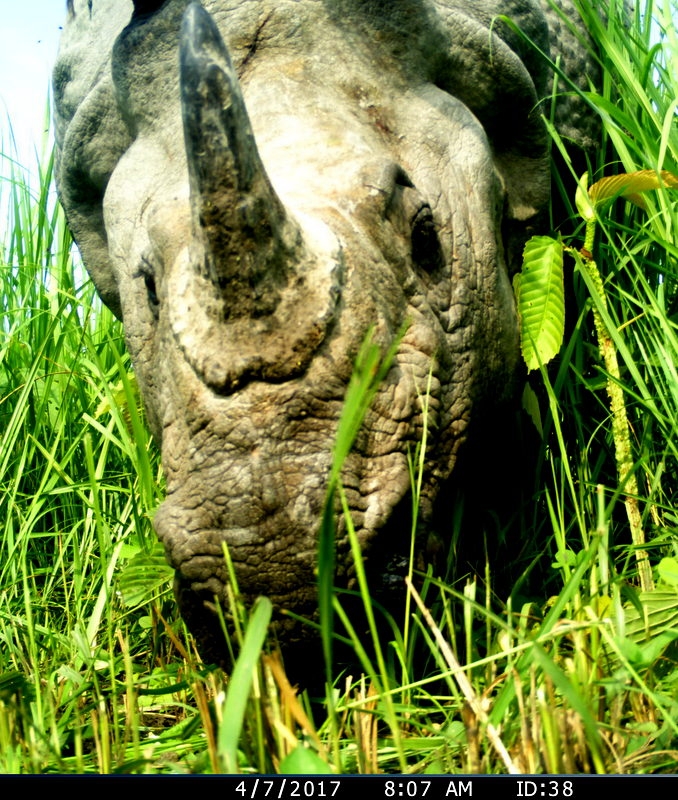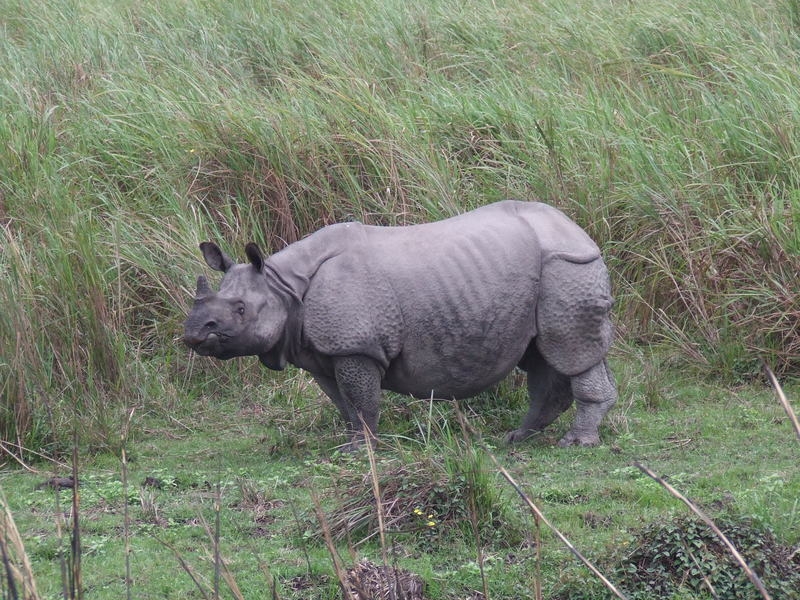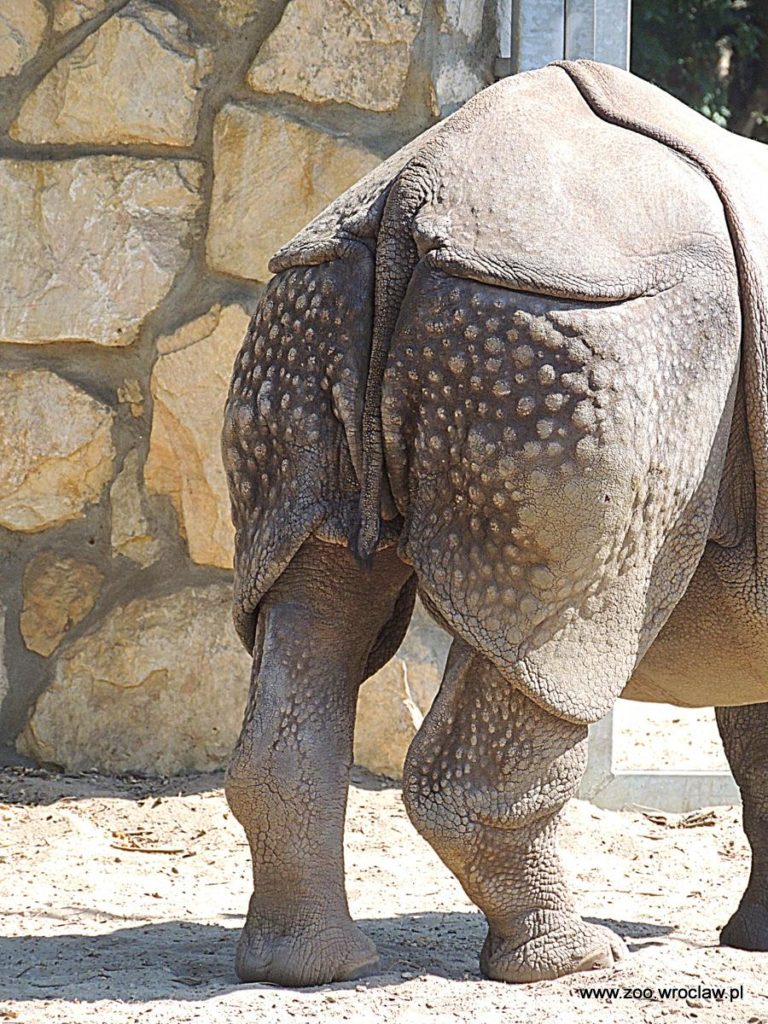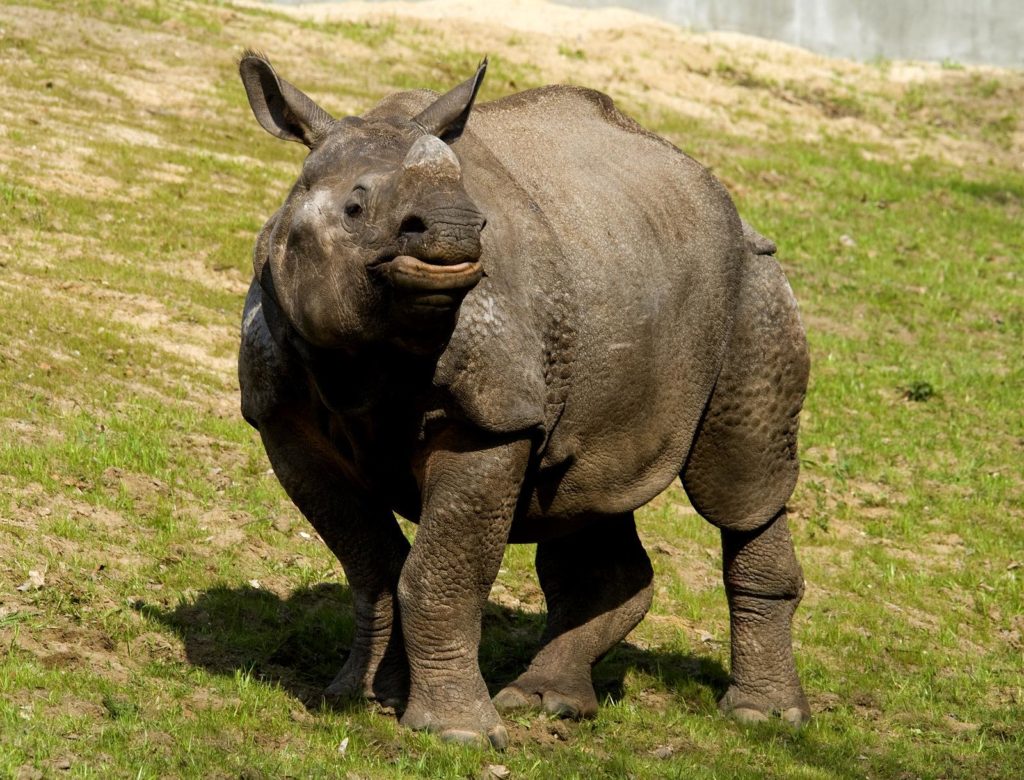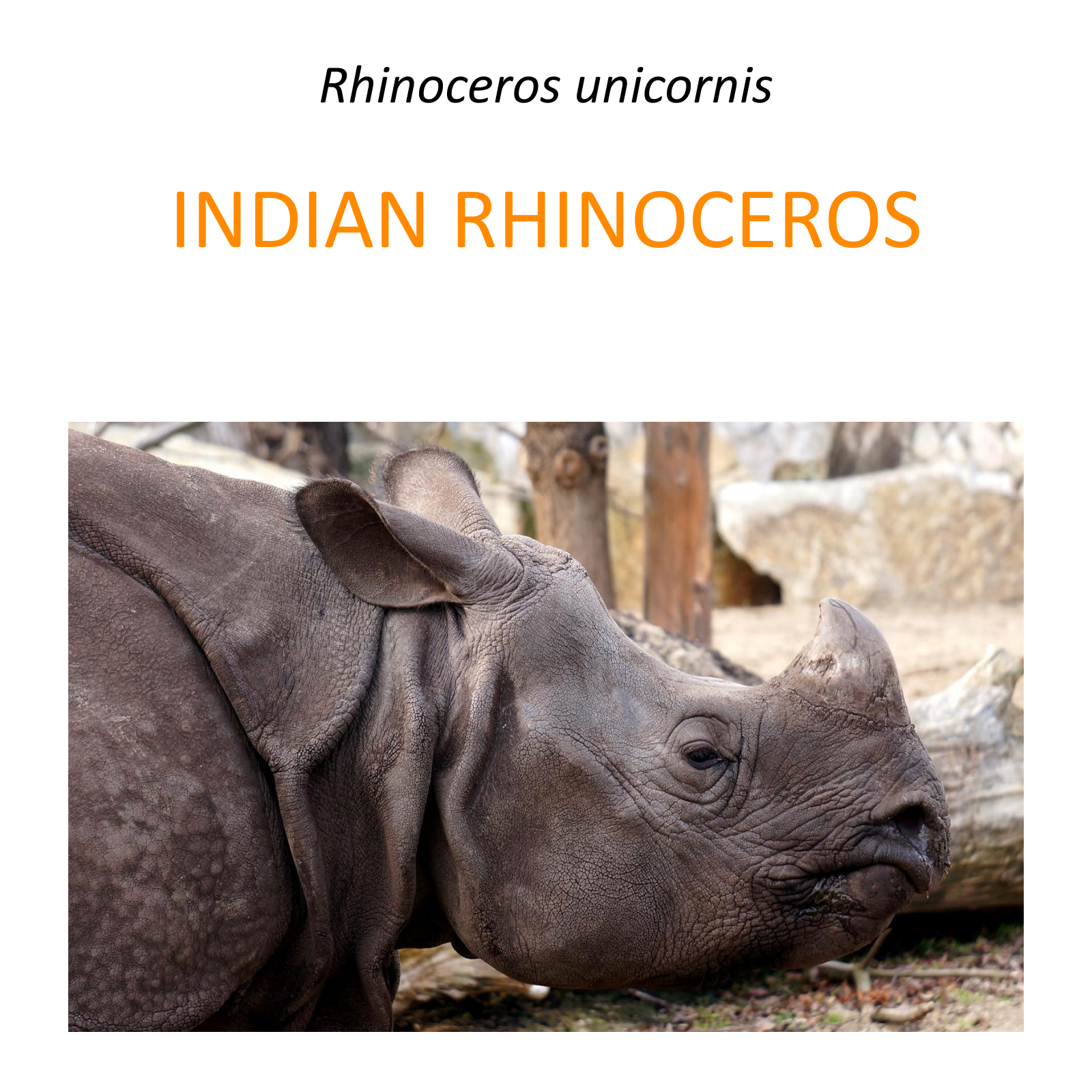Description
At the foothills of the Himalayas, in the northwestern part of India, lies the grassland plain of Assam. This region is home to some of the most charismatic animals: elephants, rhinos, tigers, as well as the critically endangered pygmy hogs. Today, only 10% of Assam’s grasslands remain wild and inhabited by animals, while the rest has been destroyed by human activities, including agriculture and urban development.
The Indian rhinoceros has a single horn, which can grow up to 57 cm in length and has tragically become the main reason for the species’ decline. According to traditional Chinese medicine, the rhino horn is believed to cure diseases and enhance virility—a superstition, since the horn is made of keratin, the same substance as human fingernails.
An Indian rhino can grow up to 3.8 meters (12.5 ft) in length, reach a shoulder height of 1.9 meters (6.2 ft), and weigh up to 3 tons. It inhabits wet, grassy landscapes of the northern Indian subcontinent and can run at speeds of up to 55 km/h (34 mph).
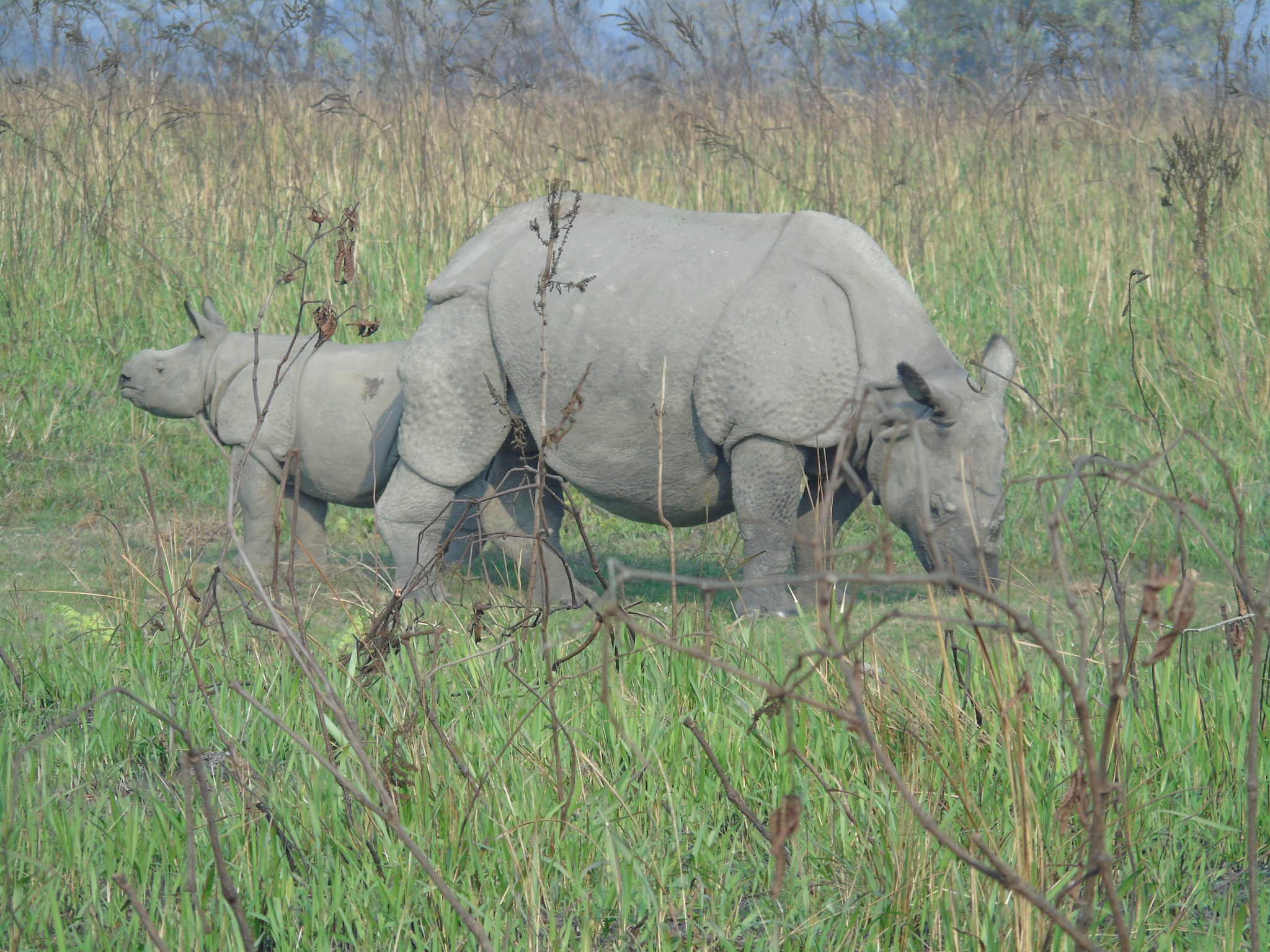

The Indian rhino feeds primarily on grass, leaves, twigs, fruits, and aquatic plants—it is also an excellent swimmer. Females may form small groups with their young, while males are typically solitary.
Due to poaching, the Indian rhinoceros nearly went extinct, with the population declining to just 100 individuals at its lowest point. However, thanks to strict protection measures introduced in the 1970s, the population has recovered and is now estimated at 3,600 individuals.
The largest population (over 2,500 rhinos) is found in Kaziranga National Park, Assam. Conservation efforts are now focused on restoring the rhino population in Manas National Park.
